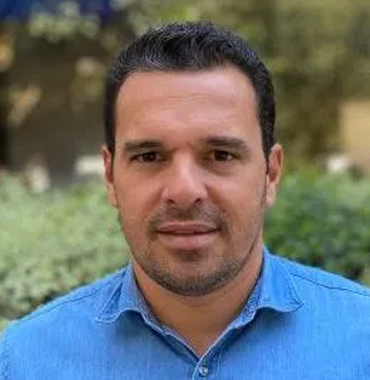
Sacral chondrosarcoma - Partial sacrectomy - Videolaparoscopy
Sacral chondrosarcoma. Male patient, tradesman, 50 years old, with a tumor in the left sacral iliac region, since he was 5 years old, with progressive increase and worsening for 4 months, with bladder sphincter compression, which requires him to use an indwelling bladder catheter, Figures 1 – 17.
After studying the x-rays and tomography, an MRI examination was requested, Figures 18 – 31.
The patient was referred to another doctor who requested a new tomography, with 3D reconstruction to better study the case, Figures 32 – 45.
The patient underwent surgery with the Gynecology, General Surgery and Orthopedic Oncology team on 05/30/2014, Figures 46 – 162


Video Laparoscopy.
Video 4 : 4 days post-operative.
Post-operative ……. Figures 163 – 188
Return to the Office 1 month after surgery.
Patient returned to the office on 12/22/2014, 6 months after surgery. Figure 189 – 195
Video : Patient walking 6 months postoperatively.
Video 5
Authors of the case
Author: Prof. Dr. Pedro Péricles Ribeiro Baptista
Orthopedic Oncosurgery at the Dr. Arnaldo Vieira de Carvalho Cancer Institute
Office : Rua General Jardim, 846 – Cj 41 – Cep: 01223-010 Higienópolis São Paulo – SP
Phone: +55 11 3231-4638 Cell:+55 11 99863-5577 Email: drpprb@gmail.com



































































































































































































